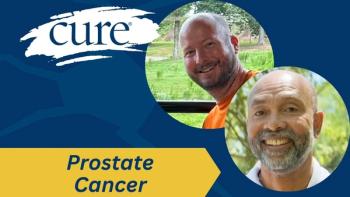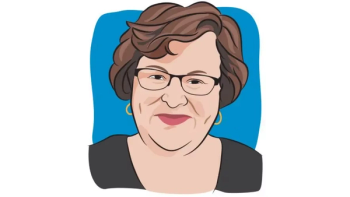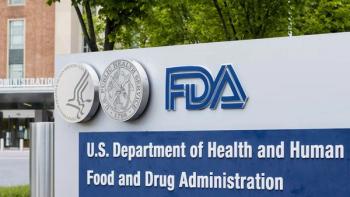
Kadcyla Continues to Show Benefits in Early HER2+ Breast Cancer
In HER2-positive early breast cancer, Kadcyla shows sustained improvement in both invasive disease-free survival and overall survival versus Herceptin.
Among patients with HER2-positive early breast cancer, treatment with Kadcyla (ado-trastuzumab emtansine, T-DM1) has continued to show sustained improvement in both invasive disease-free survival and overall survival when compared with Herceptin (trastuzumab).
CURE spoke with researcher Dr. Charles E. Geyer about these latest findings from the phase 3 KATHERINE trial.
“The updated KATHERINE results really provide the long-term confirmation that [Kadcyla] can really provide very important, meaningful clinical benefit for the patient population who entered KATHERINE,” said Geyer.
Geyer is a professor of medicine at the University of Pittsburgh School of Medicine, UPMC Hillman Cancer Center and UPMC Magee-Womens Hospital as well as Chief Scientific Officer for the National Surgical Adjuvant Breast and Bowel Project (NSABP) Foundation.
He is among the authors of a study published in The New England Journal of Medicine detailing the latest findings from the
KATHERINE researchers found that among patients with HER2-positive early breast cancer, at a median follow-up of 8.4 years Kadcyla showed sustained improvement in invasive disease-free survival over Herceptin. Seven-year invasive disease-free survival rates were 80.8% in the Kadcyla group and 67.1% in the Herceptin group. Furthermore, seven-year overall survival rates were 89.1% and 84.4%, respectively.
Transcript:
We thought, "Well, OK, we've got this drug, [Kadcyla], an
That's basically what KATHERINE was. And when we started out, we thought, "If there's a 25% reduction in recurrence rates, that would be a success." We felt like that would be meaningful and would be worth the switch of therapy for patients from just continuing what they had been receiving that didn't make all the cancer go away to a new drug. The excitement with KATHERINE, back 2018, 2019 was that it didn't reduce it 25%, it reduced it 50%. It was much more active, much more effective than what we, in a sense, had hoped for. And it showed up very quickly that the recurrences were happening much, much less in the patients who got the [Kadcyla]. So, we reported the results.
Now, ultimately, you do want to know long-term [results]. That was after about three years of follow up. We really want to know how this stuff holds up in a sense over 10 years, way out there. And so, KATHERINE, like most studies, was designed to follow that up. We couldn't see that fewer patients were dying because they got [Kadcyla] on that early result, because there were just very few deaths, it was early in the study, we have effective therapies for patients who recur. So, seeing an impact on mortality takes long-term follow-up.
So, this study was designed to wait until we had sufficient follow-up to see if that reduction in recurrence rate held up over time, and it did quite dramatically, but we also saw that over time, it was also keeping more people alive because they had had the [Kadcyla], so it improved survival. So, we now have mature results of KATHERINE that show early on, it substantially reduces the risk of recurrence, and that equates to long-term improvement in survival.
Transcript has been edited for clarity and conciseness.
For more news on cancer updates, research and education, don’t forget to




